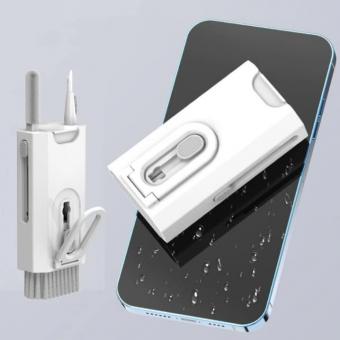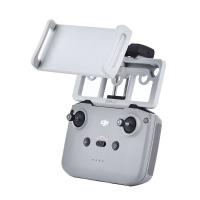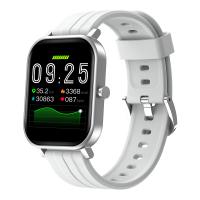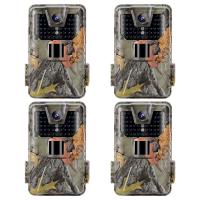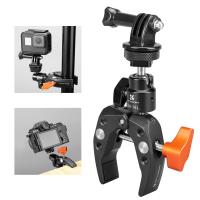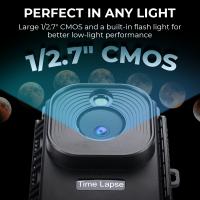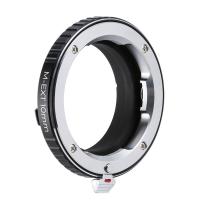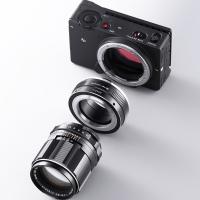How To Label A Microscope Slide ?
To label a microscope slide, you can use a permanent marker or a label sticker. First, write down the name or description of the specimen on the slide. Be sure to use clear and legible handwriting. If using a label sticker, place it on the slide and write the information on the sticker. It is important to label the slide accurately to avoid confusion and ensure proper identification of the specimen. Additionally, it is recommended to include the date and any other relevant information such as the magnification used or the staining method applied. Once labeled, store the slide in a slide box or slide cabinet for safekeeping.
1、 Proper labeling materials

How to label a microscope slide is an important aspect of microscopy that cannot be overlooked. Proper labeling of microscope slides is essential for accurate identification and tracking of specimens. To label a microscope slide, one needs to use proper labeling materials such as a permanent marker or a label printer. The label should include the name of the specimen, the date it was collected, and any other relevant information.
When labeling a microscope slide, it is important to use a permanent marker that will not smudge or fade over time. This will ensure that the label remains legible and accurate for future reference. Alternatively, a label printer can be used to print out labels that can be affixed to the slide.
In addition to using proper labeling materials, it is also important to follow proper labeling procedures. This includes labeling the slide immediately after collecting the specimen, using clear and concise labeling, and storing the slide in a safe and secure location.
The latest point of view on labeling microscope slides is to use digital labeling systems. These systems allow for the creation of digital labels that can be easily accessed and updated as needed. This can be particularly useful in research settings where large numbers of specimens are being analyzed.
In conclusion, proper labeling of microscope slides is essential for accurate identification and tracking of specimens. To label a microscope slide, one needs to use proper labeling materials such as a permanent marker or a label printer. Following proper labeling procedures and considering the latest point of view on digital labeling systems can also help ensure accurate and efficient labeling.
2、 Information to include (e.g. specimen type, date)

How to label a microscope slide is an important aspect of preparing and organizing specimens for microscopic examination. Proper labeling ensures that the specimen can be easily identified and tracked, and that accurate data can be recorded. When labeling a microscope slide, there are several key pieces of information to include.
Firstly, it is important to include the specimen type. This could be the name of the organism or tissue being examined, or a description of the sample (e.g. blood smear, skin biopsy). Including the specimen type helps to ensure that the slide is easily identifiable and that the correct examination techniques are used.
Secondly, the date of preparation should be included. This is important for tracking the age of the specimen and ensuring that it is still viable for examination. Additionally, including the date can help to identify any changes or deterioration in the specimen over time.
Other information that may be included on a microscope slide label includes the name of the preparer, the source of the specimen, and any relevant medical or experimental information.
It is important to note that there may be variations in labeling requirements depending on the specific laboratory or institution. It is always best to consult with the appropriate guidelines and protocols to ensure that all necessary information is included on the slide label.
In recent years, there has been an increased focus on the importance of accurate and standardized labeling in scientific research. This includes the use of barcoding and other automated labeling systems to improve accuracy and efficiency. As technology continues to advance, it is likely that labeling practices will continue to evolve to meet the needs of modern research.
3、 Placement of label on slide

How to label a microscope slide is an important aspect of microscopy that ensures proper identification and tracking of samples. The following steps can be followed to label a microscope slide:
1. Clean the slide: Before labeling the slide, ensure that it is clean and free from any debris or fingerprints. Use a lint-free cloth or lens paper to wipe the slide clean.
2. Choose a labeling method: There are different methods of labeling microscope slides, including using a permanent marker, a label printer, or a label maker. Choose a method that is suitable for your sample and equipment.
3. Write the label: If using a permanent marker, write the label on the frosted end of the slide. Include relevant information such as the sample name, date, and any other relevant details.
4. Apply the label: If using a label printer or maker, print the label and apply it to the frosted end of the slide. Ensure that the label is securely attached and does not obstruct the view of the sample.
Placement of label on slide is also important. The label should be placed on the frosted end of the slide, which is the end that is typically used for labeling. The label should be placed in a position that does not obstruct the view of the sample, but is still visible and easy to read. It is also important to ensure that the label is securely attached to the slide and does not fall off during handling or storage.
In recent years, there has been an increased focus on the use of digital labeling methods, such as QR codes and barcodes, which can be scanned and tracked using software. These methods offer advantages such as increased accuracy and efficiency in sample tracking and identification. However, traditional labeling methods such as permanent markers and label printers are still widely used and effective for many applications.
4、 Avoiding smudging or obscuring label

To label a microscope slide, follow these steps:
1. Clean the slide: Use a clean cloth or tissue to wipe the slide clean of any debris or fingerprints.
2. Write the label: Use a fine-tipped permanent marker to write the label on the frosted end of the slide. Be sure to write legibly and clearly.
3. Let the label dry: Allow the label to dry completely before handling the slide again.
4. Store the slide: Store the slide in a slide box or slide cabinet to protect it from damage.
To avoid smudging or obscuring the label, it is important to handle the slide carefully and avoid touching the label. Additionally, it is recommended to use a permanent marker that is resistant to smudging and fading. Some researchers also recommend using a clear nail polish to seal the label and protect it from damage.
It is important to note that some institutions may have specific guidelines or protocols for labeling microscope slides, so it is always best to check with your supervisor or lab manager before labeling slides. Additionally, some researchers are exploring the use of digital labeling systems, which can provide more accurate and efficient labeling of microscope slides.


















